Chapman University offers many dining services from its one cafeteria, Randall Dining Commons, to quick services like Qdoba, Jamba Juice, Einstein Bagels, and Starbucks. Although, these services cover the basic needs of nutrition, do they offer variety and quality products along with superior service? Students already spend a lot of money on tuition, so paying a hefty premium for its dining services is not the most ideal financial choice.
Randall Dining Commons offers several stations of food during mealtimes like burger, wok, sushi, Italian, sandwich, and salad stations. A lot of these stations provide variations but being able to create different food for each station each day is the real struggle. There is only a certain amount of food recipes the cafeteria makes before the cycle of food repeats. The recipe must be able to be mass-produced and produced efficiently in a small amount of time to serve all of its customers during the select mealtimes. A student who lives far from home and without a car only has limited options when it comes to food with the hindrance of transportation and accessibility. In addition, Freshmen living in the dorms must pay a “mandatory” meal plan, which gives them a certain amount of meals/week and a certain amount of Panther Bucks to be spent at the dining services Chapman offers like Starbucks or Qdoba. A student usually has their favorite dishes from the cafeteria, but the repetitive and same meal every week can get tiresome or lose its satisfactory value over time. Students usually venture out and skip a meal at the cafeteria and go for a quick bite at Einstein Bagels, yet this is the only “breakfast” option Chapman offers. Qdoba is the main quick service dinner option for Chapman students, which lacks the variety of other options or ethnic cuisines. Yes, there are places in the Orange Circle for students to go out and eat with friends, but the options are limited and pricey. Considering many students already pay for the set meals per week, a student’s best interest would be to maximize their utilization and use up their meals. EVP and COO Harold Hewitt explains that “The amount that students pay for meal plans and Panther Bucks covers employee wages, equipment, maintenance, licensing fees and all other costs for services in addition to the food that is available to them” (Song 2). This leads to Chapman adopting a “board plan structure,” which does not refund unused meals or leftover Panther Bucks at the end of the semester. When asked about the remaining balances, Hewitt estimates that at “the end of last spring [2017], 43 percent of students with meal plans that included Panther Bucks had balances remaining, leaving $22,388.78 leftover…[yet] the remaining balance makes up less than 1 percent of the semester’s entire meal plan revenue” (Hewitt 2). Although $22,388.78 can seem like a small percentage of the total revenue for Chapman, it shows that a lot of students are not maximizing their utilization of their meal plans and letting their money go to waste. The calculation the University does in making the meal plans have calculated the number of meals to the cost of the dining plan, so each unused meal is money lost. A rough calculation of the meal plan, depending on which one you choose, comes to about $10-15/meal. In the grand scheme, many students are throwing money away. Students rarely use their max number of meals each week due to fiending for variation or going out with friends.
With the hefty price of each meal at the cafeteria, many students may want a change of taste, and eat at the other quick service options. However, some of these options at food chains like Qdoba have a price premium because of its location on a college campus. Students are not able to get a fair price on their food options and end up paying more than they need, which leads to a more expensive college experience. Federal data shows that “the price of a typical college dining hall contract has jumped 47% in the last decade…overall food costs across the nation rose only 26%” (Mathewson 1). To see if colleges are charging hefty premiums on food, looking at the average cost of a meal can be insightful with “The Bureau of Labor Statistics reports that the average single American spends about 4,000 on food for an entire calendar year…That means undergraduates today appear to be forking out about 85% more per day for food on campus” (Mathewson 1). Although the high dining costs can be attributable to labor, facilities, and demand for quality food, there is still a premium to be paid by the student. Overall, a goal for college cafeterias is to make a profit, and supplement other areas of academia that do not generate as much revenue. Yet, it is the mandatory pricing of a meal plan into the room and board that is unfair for mediocre service and dining options.
Another factor that goes into determining the quality of a college dining service is customer service from its dining services and lines. With better than average compensation for the workers, one would expect better service. At the cafeteria, the workers are always friendly, nice, welcoming, and accommodating, but the service can lack at the other dining services. At Randall Dining Commons, the workers are always sure to greet you when you come in, creating an overall welcoming experience. For students with food allergies or special food accommodation, the chefs are willing to accommodate certain requests. The cleanliness is great, with frequent checks done by workers. However, even with the accommodations, there is only one “Vegan Station” where Vegan eaters have only one option to eat. There is no discount for eating less than the average student as the cafeteria is an all-you-can-eat buffet. So, if a student has special accommodations for food, they may be over-paying for each meal they eat at the cafeteria as their options are severely limiting to usually only a few options for the price of access to everything, yet the inability to consume other choices. As a buffet, the lines are generally short, and there is barely any wait unless it is rush hour, however, at the “quick-service” options, lines and customer service are another story. The Starbucks in Beckman Hall is notorious for long waits as it is the most popular option for a quick bite or great caffeinated option in the morning. Even at the other options, the lines/wait could get long if a student is in a pinch to grab a bite during their passing period. From personal and other students’ experience, the wait can average around 10-20 minutes from the beginning of the line to receiving the order. This can cause students to be late to class and miss valuable information or be a disruption to class. Many students usually look at the Starbucks line and go the other direction because of their horrible experience of long waits, which can be lost revenue for both Starbucks and the University. Sodexo, Chapman’s food services management company needs to hire more employees to keep up with the demand of students for its various dining services. There are many times where employees are cross trained for each dining service and go back and forth between the services to accommodate the shortage of workers. Yet this leads to a shortage of employment and longer waits.
As a private and small university, Chapman cannot adopt the many cafeterias other universities have because of the lack of demand, but this leads to decreased food variety for students. College Consensus gives guidelines on what makes a great college cafeteria, “The name of the game in the best campus dining is health and sustainability…renovated dining halls, innovative recipes, and top-notch ingredients” (Sealey-Morris 1). Many universities can offer many cafeterias and various options, as opposed to Chapman’s small population and only one cafeteria. Although Chapman tries to innovate food options with different/unique food options, the specialized options for vegan, kosher, or gluten-free menus is lacking. The hefty price a student pays for dining is outrageous when taking a whole picture of the dining services Chapman has to offer. The options are given with a lack of variety, long waits for popular food services, and non-refundable meal plans that are not priced according to student’s needs or dietary restrictions call for a rise of innovative changes. In addition, the meal structure and schedule could use a revampment.

Works Cited
Mathewson, Tara. “Here’s Why Food Is So Insanely Expensive at College.” Money, 18 Jan. 2017, money.com/why-food-college-expensive/.
Sealey-Morris, Carrie. “25 Best College Dining Halls: Top Consensus Ranked Schools for Foodies.” 25 Best College Dining Halls | Top Consensus Ranked Schools for Foodies, College Consensus, 18 July 2018, http://www.collegeconsensus.com/rankings/best-college- dining-halls/.
Song, Leslie. “More than $20,000 Worth of Panther Bucks Were Left over Last Spring.” The Panther Online, The Panther, 23 Jan. 2018, http://www.thepantheronline.com/features/20000-worth-panther-bucks-left-last-spring.









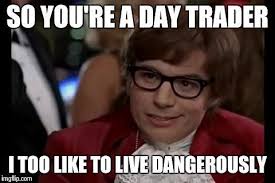
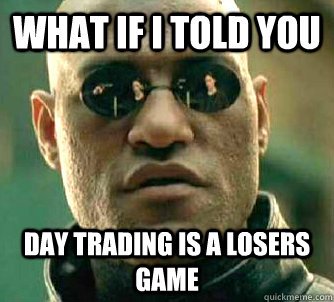









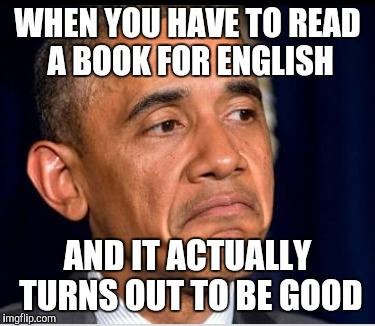

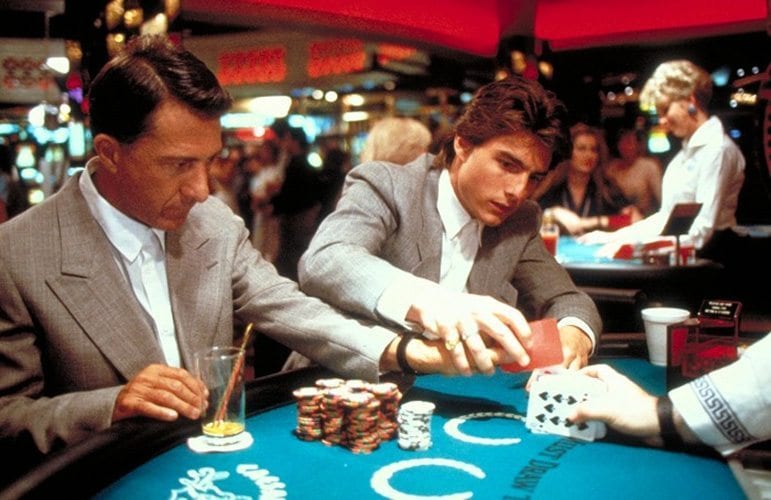

 The class discussions are insightful in getting other’s opinions and perspectives on certain topics. For example, in
The class discussions are insightful in getting other’s opinions and perspectives on certain topics. For example, in 



 From the opening scene of Drive, the meticulous driver has everything planned out to the second and is in control of the situation. The exhilarating car chase scene shows the driver’s tactics by utilizing light and dark to conceal the vehicle and times the chase to a sports game. As the movie progresses, the audience sees that driving is a part of the driver’s life and acts as his home, as his life revolves around cars by being an auto mechanic, stunt driver, and getaway driver. These life aspects are all a routine in his life and the driver is portrayed as lonely without a real purpose until he meets Irene and Benicio. Irene and Benicio are helpless as shown in the scene where their car breaks down and the driver is there to fix it. Also, the scene where the driver takes Irene and Benicio on a joyride through the LA River, a truly ecstatic and joyous scene is presented filled with bright sunlight and the upbeat “A Real Hero” in the background. Usually, the LA River does not even look like a river lacking a steady stream of water and instead is filled with trash. However, the driver is able to turn this dump into a beautiful scene where he, Irene, and Benicio are away from all the notorious crimes in Los Angeles and can enjoy a mile stretch of paradise. These are some rare moments where the driver smiles and is in bliss.
From the opening scene of Drive, the meticulous driver has everything planned out to the second and is in control of the situation. The exhilarating car chase scene shows the driver’s tactics by utilizing light and dark to conceal the vehicle and times the chase to a sports game. As the movie progresses, the audience sees that driving is a part of the driver’s life and acts as his home, as his life revolves around cars by being an auto mechanic, stunt driver, and getaway driver. These life aspects are all a routine in his life and the driver is portrayed as lonely without a real purpose until he meets Irene and Benicio. Irene and Benicio are helpless as shown in the scene where their car breaks down and the driver is there to fix it. Also, the scene where the driver takes Irene and Benicio on a joyride through the LA River, a truly ecstatic and joyous scene is presented filled with bright sunlight and the upbeat “A Real Hero” in the background. Usually, the LA River does not even look like a river lacking a steady stream of water and instead is filled with trash. However, the driver is able to turn this dump into a beautiful scene where he, Irene, and Benicio are away from all the notorious crimes in Los Angeles and can enjoy a mile stretch of paradise. These are some rare moments where the driver smiles and is in bliss.

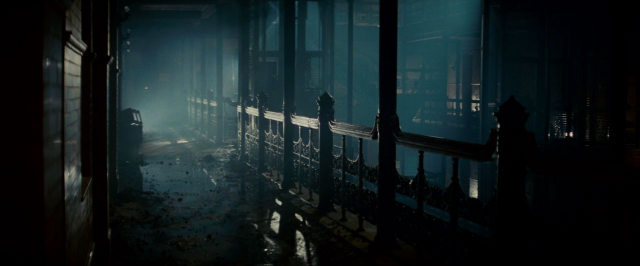
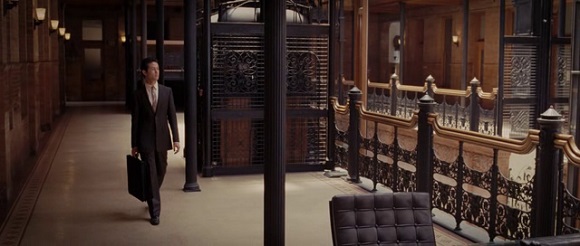

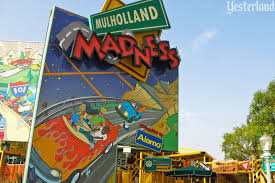

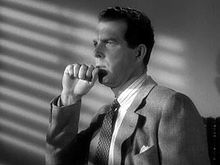 Wilder’s
Wilder’s  Chinatown
Chinatown

